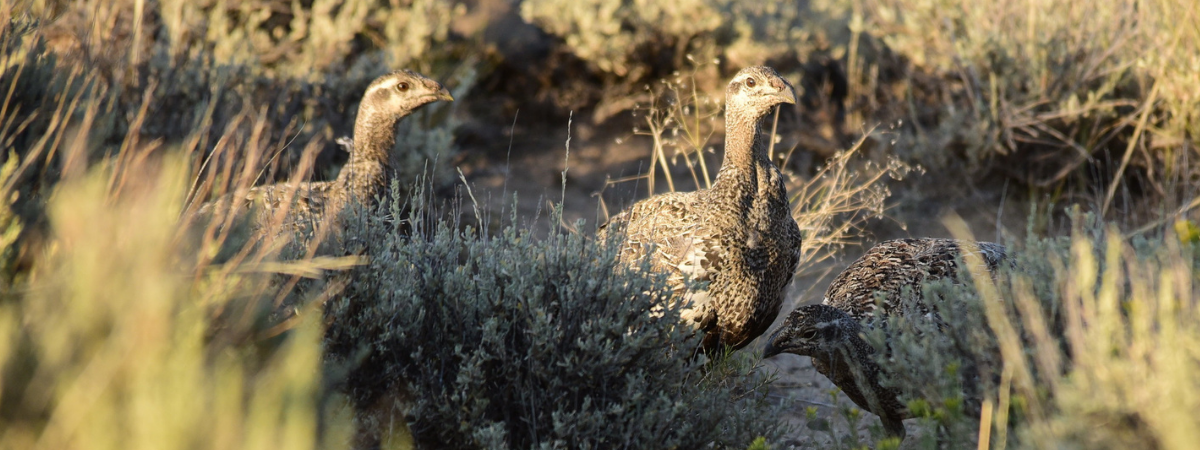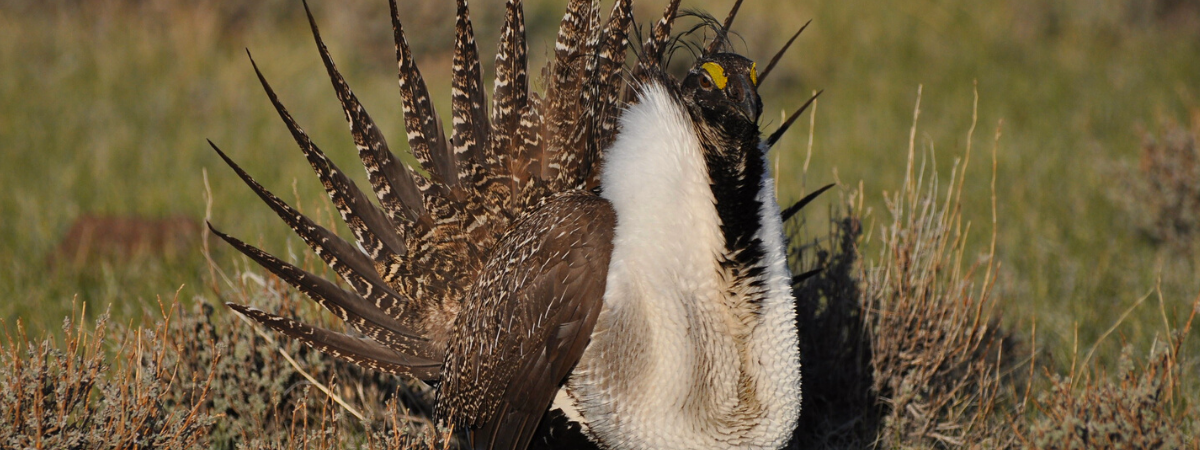Why here, why now with this priority legislation?
Last month, Senator Catherine Cortez Masto of Nevada reintroduced the Ruby Mountains Protection Act to Congress. In case you haven’t heard of this bill, your memory of the details is a little fuzzy, or you have questions about it, here’s a quick refresher on why the Rubies need sportsmen and sportswomen to speak up for their protection:
What are the basics?
Originally introduced to the United States Senate in February of 2019, the Ruby Mountains Protection Act would prohibit oil and gas leasing in the Ruby Mountains, one of the most important landscapes in Nevada for fish, wildlife, and sportsmen and sportswomen. If passed into law, the bill would not affect other multiple uses in the area, including mining, and it would help ensure that future generations are able to experience the tremendous hunting and fishing opportunities in the Rubies.
What makes the Rubies special?
The Rubies stretch for nearly 100 miles south of Secret Pass in Elko County, with ten peaks higher than 10,000 feet and considerable snowfall that feeds the Humboldt River and the marshes of the Ruby Lake National Wildlife Refuge. These rugged, glacier-carved mountains and their cold, clear streams provide a wide variety of fish and wildlife habitat, as well as an abundance of opportunity for hunters and anglers.
The Ruby Mountain mule deer herd is Nevada’s largest and travels along a 100-mile migration route that is the longest in the state. Conserving this corridor is crucial to the health and resiliency of the deer herd. Researchers have shown that energy infrastructure on migration corridors and winter range for mule deer has a direct, measurable impact on the health of a herd, with reduced reproductive rates, poorer animal condition, higher winter mortality, and fewer overall deer. In Wyoming, studies have demonstrated herd populations declining by as much as 36 percent during a period of energy development, and those areas saw a reduction in the number of tags issued to hunters.
Why is this necessary? And why now?
Skeptics say that the bill is unnecessary because the Rubies aren’t a particularly promising location for energy production. While it is true that the Forest Service has determined that there is low potential for oil and gas development, speculators have nonetheless filed for leases in the area on multiple occasions in recent years. While some of the lease requests were located in the rough, granite crags where there is little potential, more than 60,000 acres included on the second round of nominations were on the west edge of the Rubies from Harrison Pass to the southern forest boundary. This less rugged area is much more likely to attract exploration and development by speculators. What’s particularly concerning is that this is where the Ruby deer herd migration corridor is most concentrated and in the direct path of proposed leasing.
Aren’t the Rubies already protected?
While past applications to lease have been denied, there is no guarantee that will be the case next time. And energy developers have shown no signs of being deterred by the Forest Service’s determination: Only days after the agency denied authorization for leasing 54,000 acres in Nevada’s Ruby Mountains, energy developers submitted two new requests to open this prized landscape to oil and gas drilling. A private entity filed new Expressions of Interest (EOIs) to lease 88,000 acres for oil and gas development in the Humboldt-Toiyabe National Forest. Many of the parcels would affect the same areas previously rejected for leasing. Land management agencies can change priorities and come up with different determinations depending on changes in administration, which is why a more durable solution through the legislative process is needed.
Isn’t this just a proposal to close off public lands?
Simply put, no. The bill would not affect any of the multiple uses, recreational or commercial, currently going on in the Rubies. Hunting, fishing, hiking, backpacking, motorized travel on currently open roads would be unaffected by this withdrawal. Grazing, mining, private land access, shooting, backcountry skiing and all other current uses would continue without being affected. This bill wouldn’t change the Ruby Mountains as they are used today—it would ensure they continue to offer all of these opportunities into the future.
Historically, 90 percent of lands managed by BLM have been available for oil and gas leasing, even in places with no or little potential for development. Energy leasing on lands with high potential and low impacts should be where efforts are concentrated. The Rubies are just the opposite: low potential for development with high impacts on wildlife, scenic values, and recreational opportunity.
In 2019, more than a million acres of land in Nevada were offered for lease, yet less than seven percent of that acreage even received a bid. Agencies are currently spending taxpayer dollars offering low potential parcels for sale that nobody wants to buy, and these precious resources could be better spent managing the lands and resources that we all own.
Who supports the bill?
The Ruby Mountains Protection Act has robust support from diverse stakeholders including elected officials at various levels, tribal governments, and different types of public land users.
Sportsmen and sportswomen have been among the most vocal in support of the bill. In 2019, fifteen hunting, fishing, and wildlife conservation organizations formed the Sportsmen for the Rubies, a coalition to raise awareness, both around the state and in Washington, D.C., of the potential threats posed by energy development in the area.
What can I do to help?
Congress needs to hear from us to get this law passed. Speak up at sportsmenfortherubies.com.
Photo: Loren Chipman via Flickr








As a falconer and conservationist I contribute and continue to support the efforts of the TRCP to preserve the sagegrouse population.